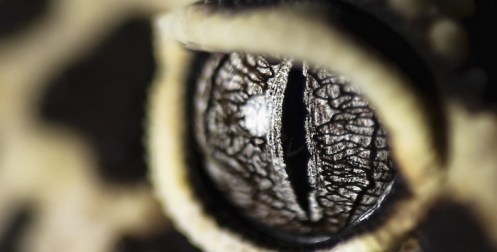One third of the 46 endemic Japanese snakes and lizards newly assessed for The IUCN Red List are listed as threatened. Populations of these reptiles are small and fragmented, which increases their vulnerability to changes in habitat. Across Japan, species declines have been accelerated by habitat loss resulting from unsustainable agriculture and urban development. Collection for the pet trade and threats from invasive species, such as the Indian Peacock (Pavo cristatus) and the introduction of the Japanese Weasel (Mustela itatsi) to some of the smaller Japanese islands, are also to blame.
Now listed as Critically Endangered, the Kikuzato’s Stream Snake (Opisthotropis kikuzatoi),endemic to Kumejima Island and the rarest of all snakes in Japan, was relatively common until the mid-1990s. This species declined dramatically over the past 15 years due to predation from the invasive Bullfrog (Lithobates catesbeianus), Japanese Weasel and Indian Peacock, with the snake’s small and fragmented range accelerating the decline. Pollution and incidental capture as bycatch have also impacted species numbers.

Similar threats also affect the Banded Ground Gecko (Goniurosaurus splendens), endemic to Tokunoshima Island and Miyako Grass Lizard (Takydromus toyamai), endemic to the Miyako Islands, both of which enter The IUCN Red List as Endangered. Funding from the IUCN–Toyota partnership has enabled the assessments of these Japanese reptile species.

Comentarios Cerrados